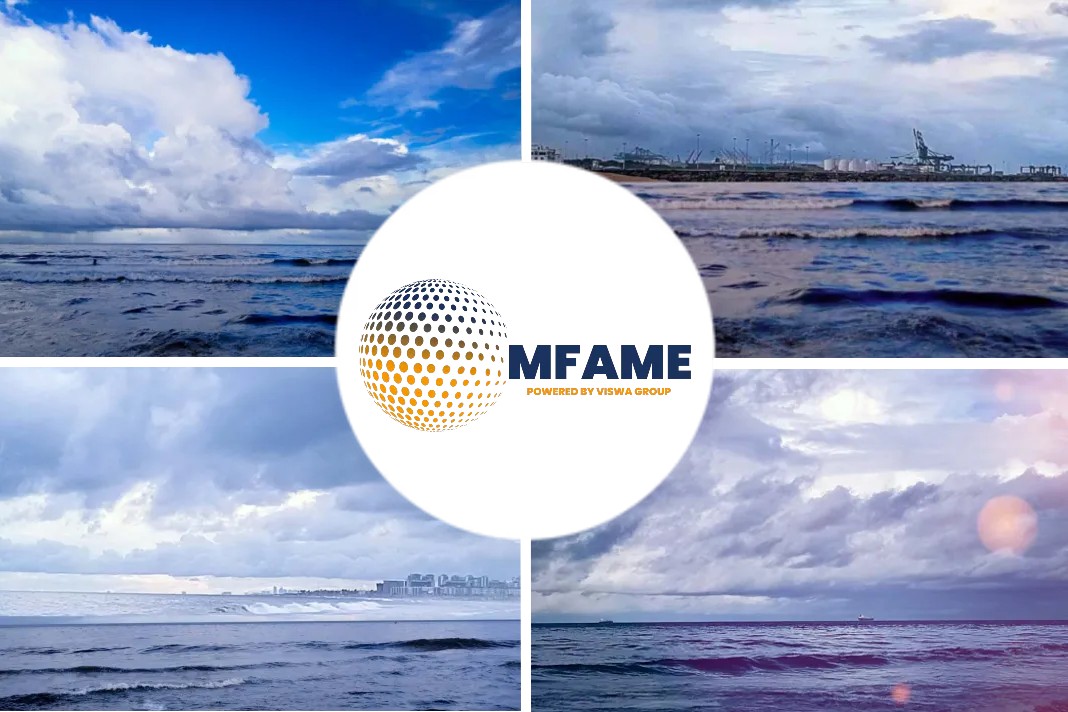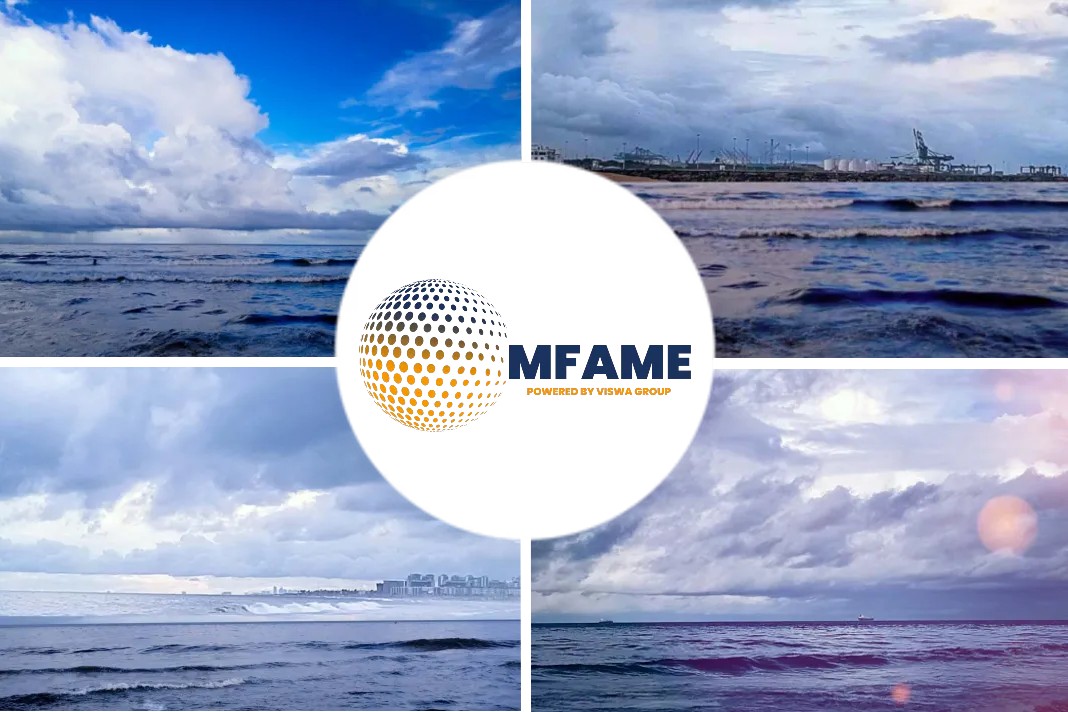As the shipping industry goes into the IMO 2020 Compliant Fuel use, European Maritime Safety Agency (EMSA) has come up with some FAQs about the enforcement of the regulations.
Viswa Lab in its latest technical update catalogues all the information available from EMSA in the process of smooth enforcement of 2020 Sulphur regulations from 01/01/2020.
1) What are the regulations?
As per the EU Directive 2016/802 (codification of Council Directive 1999/32/EC), the below is the maximum Sulphur content (by mass % m/m) for fuels to be used on vessels.
These will apply to all ships under all flags, including domestic shipping and those whose journey began outside the EU. These limitations on the sulfur content in principle doesn’t apply to e.g. Fuels used by warships and other vessels under military service and to fuels onboard vessels employing emission abatement methods.
2) What constitutes as a non‐conformance?
The below are some scenarios that can be considered a non‐conformance;
‐ Missing or incomplete bunker delivery notes
‐ Missing or incomplete ship logbooks including fuel change over procedures
‐ If MARPOL sample is not available, not complete, not sealed, not marked
‐ Sulfur in the fuel is
o above 0.1% (Inside SECA),
o above 0.1% (Outside SECA at berth)
o above 0.5%
o above 1.5 % (pass at sea outside of SECA until 01/01/2020)
‐ If the vessel is unable to provide a record of action taken to achieve compliance
‐ If the vessel is unable to provide an evidence of purchase attempts to buy a compliant fuel
‐ If the vessel is unable to provide an evidence of non‐availability
‐ Missing, incorrect entries, incomplete, invalid commissioning in progress of the Emission Abatement Method approval document or trail approval
‐ If the vessel does a late or not complete or not documented change over
‐ If the sampling is
o technically not possible
o no standard sample
o not conducted in an approved manner
o unsafe
o from an unrepresentative sampling point
o refused by the ship
‐ If the abatement technology (EU flag only) is not approved and no equivalent
‐ If the abatement technology does not continuously reduce SOX emissions
3) What are the legally accepted concessions?
The below are some acceptable scenarios for being non‐compliant
‐ In the case where the master of the ship claims that it has not been possible to purchase low sulphur fuel, evidence must be provided that all reasonable measures were taken to source this fuel.
‐ In the case where the master claims that non‐compliant fuels have been used due to damage sustained to the ship or its equipment, suitable evidence must be provided. The master must also prove that all reasonable measures were taken after the occurrence of the damage to prevent excessive emissions, the flag Administration and port State authorities were notified, and that measures have been taken as soon as possible to repair the damage.
‐ In the case where the master claims that the fuel switch‐over had to be delayed due to inclement weather or to maintain the safety of the ship, the master must be able to provide suitable evidence and should have informed the port before arrival.
‐ If non‐compliances are found during the Sulphur Inspection, any follow up or corrective actions should be taken in accordance with the national legislation transposing the Directive in each Member State.
4) What is the penalty for being non‐compliant?
It is not very clear as to what would be amount of fines or penalty for being non‐compliant. The penalties are set by the individual parties such as flag state or port state entities. As such there is no established fine or penalty set by IMO.
In one of the article written by Mr.Chris Cote (Global Fuel Analyst at ESAI Energy LLC), the fine in USA for using HSFO in an ECA is $25,000 per day whereas in Belgium the fine would be a one‐time of $6 million. Some of the port state authorities may pass the non‐compliance to the flag state and wait for them to impose a fine of its own.
5) What does the vessel need to do to be in compliance?
The first thing that the vessel needs to have is proper documentation of the following at the least;
‐ Bunker delivery notes as per MARPOLs requirement showing all the compliance terms and the sulfur content of the fuel ‐ Engine log books
‐ A proper written fuel change over procedures
‐ A change over log book
‐ All records of approval, trails documents pertaining the emission abatement technology used onboard, records of emission monitoring from the abatement technology.
‐ Some of the vessel voluntarily sends samples from the storage, settling, service as well as a sample from before the engine for checking the sulfur content to ensure they are in compliance as a proactive measure. These samples are sent to laboratories (that has a ISO 17025 certification).
To assist with questions related to 2020 fuels Viswa has started and in‐house ‘Working Group’. You can reach us at wgfuels2020@theviswagroup.com
Please do not hesitate to contact us if you would like your VLSFO’s tested.
Did you subscribe to our daily newsletter?
It’s Free! Click here to Subscribe!
Source: ViswaLab


















